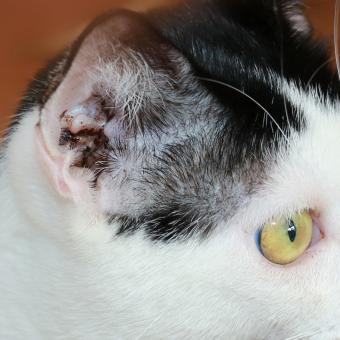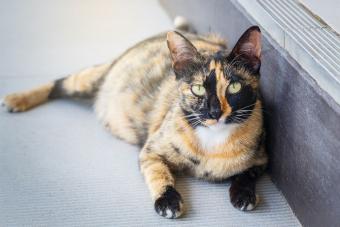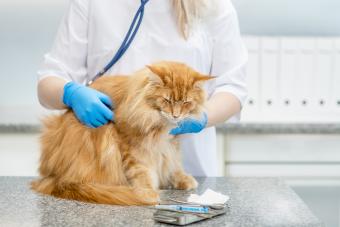
Fleas and Flea Allergy

Cat Allergies

Mites on Cats

Fungus (Ringworm)

Feline Acne

Wounds and Abscesses

Feline Miliary Dermatitis

Eosinophlic Ulcers (Rodent Ulcers)

Shedding and Furballs

Cat Skin Problems Are an Indication of Illness

Additional Cat Health Issues

© 2025 LoveToKnow Media. All rights reserved.






